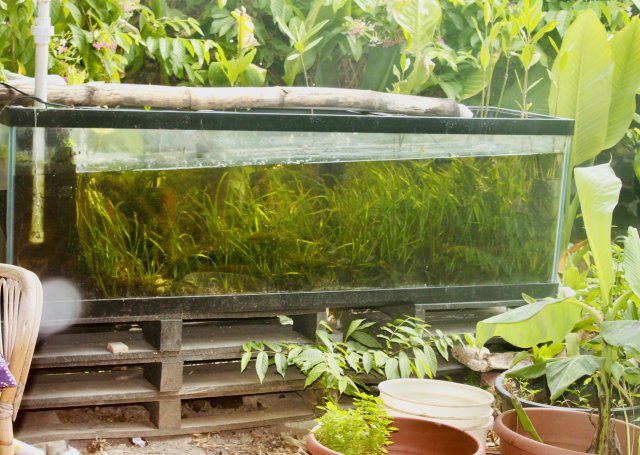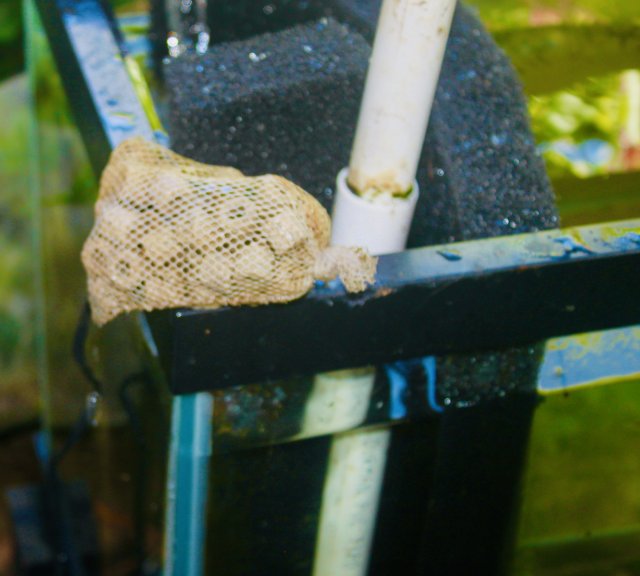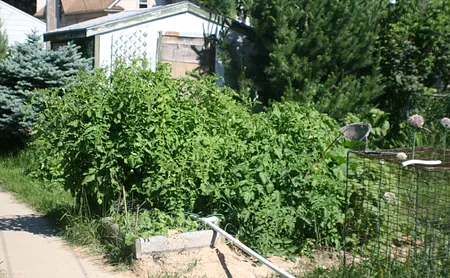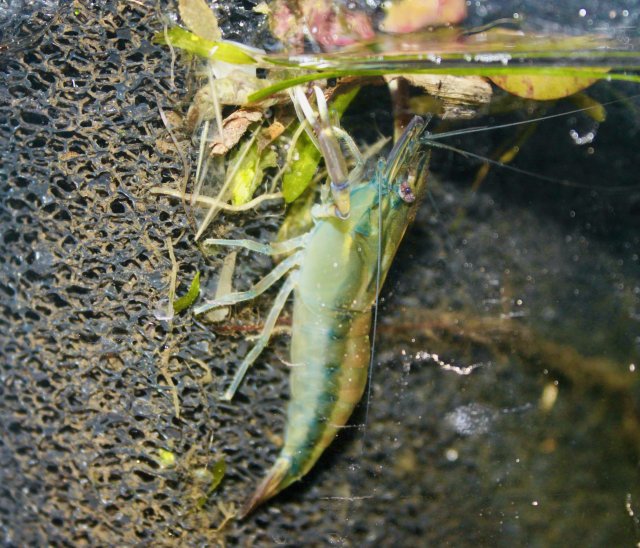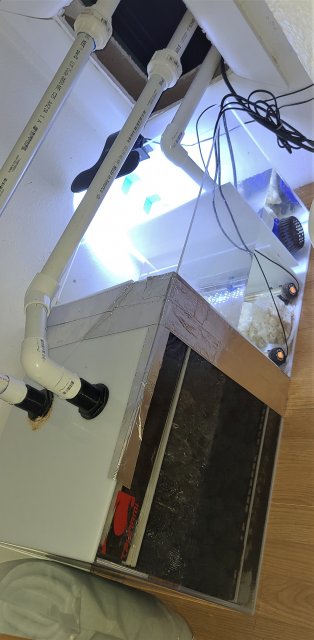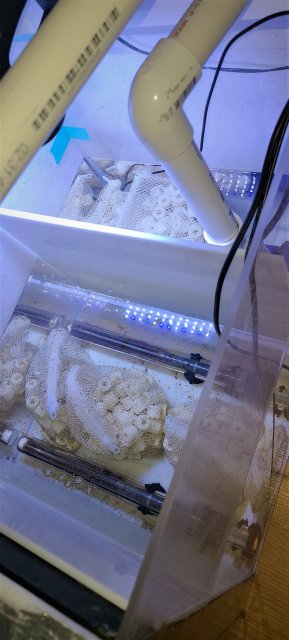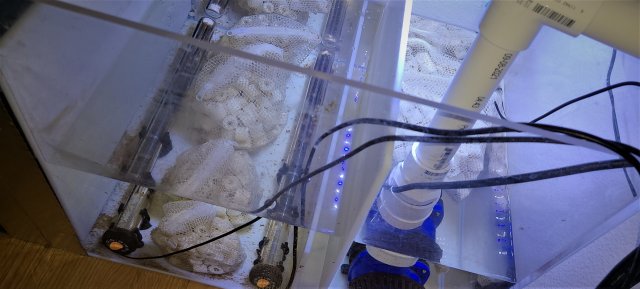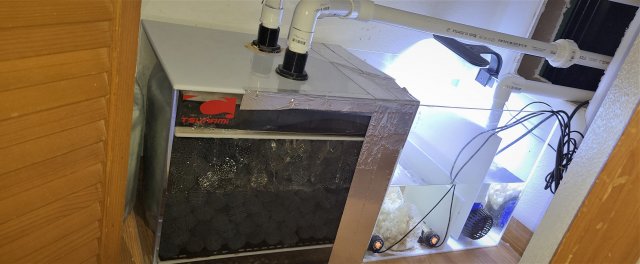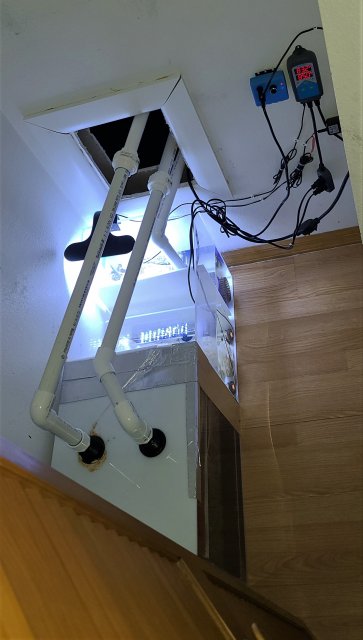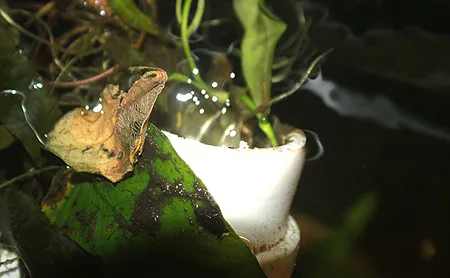Hey fellas. Long time member. Been on a bit of a hiatus from the internet. Hope these forums are still pretty active. I'd like to get back in touch with some like minded hobbyist online again!
I'd like to start with getting some opinions, and advice on one of my current tanks filtrations. I was recently viewing the under your stand thread and I see all these beautiful sump, and w/d sump setups with all sorts of gadgets and media. I'm feeling like maybe my setup is beyond basic and maybe I could get some pointers on optimizing my setup.
I have a tsunami w/d sump filter. (very unimpressed with the design but that's another story) Not sure about gallons. 36" long x 14" wide x 16" tall. So when I look at other folks setups I see tons of media, sponges, etc and this is where I'm feeling like I'm under equipped.
I have floss in the tray above the bioball chamber I replace every week. (sometimes I'll give it an extra week but for the most part it's a weekly change). Then obviously the large bio-ball chamber. Then I have 2x 300w heaters in the large center chamber with a couple random media bags of ceramic rings. Then in the pump chamber at the end I just have more random media bags of ceramic rings, and the pump.
I see people with layers of sponges, these rectangular block things, even sponges in the transition spots where the water flows over into the next chamber? So I've googled setting up a w/d pretty extensively in the past and I really couldn't find a definitive "guide" so to speak, for what to put in them and where.
So lay it on me. What would you suggest for upgrades???
I'd like to start with getting some opinions, and advice on one of my current tanks filtrations. I was recently viewing the under your stand thread and I see all these beautiful sump, and w/d sump setups with all sorts of gadgets and media. I'm feeling like maybe my setup is beyond basic and maybe I could get some pointers on optimizing my setup.
I have a tsunami w/d sump filter. (very unimpressed with the design but that's another story) Not sure about gallons. 36" long x 14" wide x 16" tall. So when I look at other folks setups I see tons of media, sponges, etc and this is where I'm feeling like I'm under equipped.
I have floss in the tray above the bioball chamber I replace every week. (sometimes I'll give it an extra week but for the most part it's a weekly change). Then obviously the large bio-ball chamber. Then I have 2x 300w heaters in the large center chamber with a couple random media bags of ceramic rings. Then in the pump chamber at the end I just have more random media bags of ceramic rings, and the pump.
I see people with layers of sponges, these rectangular block things, even sponges in the transition spots where the water flows over into the next chamber? So I've googled setting up a w/d pretty extensively in the past and I really couldn't find a definitive "guide" so to speak, for what to put in them and where.
So lay it on me. What would you suggest for upgrades???






